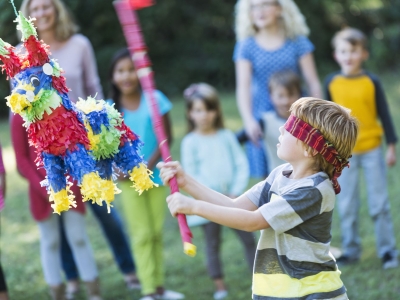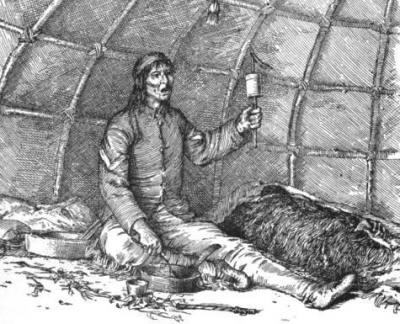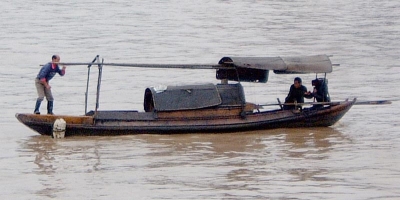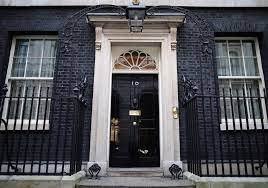How does a squid get out of trouble?
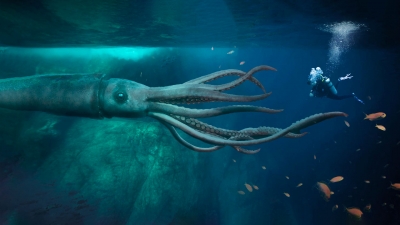
When danger threatens, the squid, like the octopus and the cuttlefish, can squirt dark ink fluid to conceal themselves. The ink clouds the water and confuses their enemy.
Squid are aggressive hunters, but some species are worse than others. The Humboldt squid is of particular danger to divers because it's large -- about the size of a man -- and shows little fear or hesitation when hunting prey. Colossal squid are just as aggressive and fast hunters, and they top out at 2,000 pounds. Thankfully, these giant sea creatures tend to stay in deeper water away from where humans typically dive.
When trying to avoid squid, divers might look for the telltale oblong shape and colors such as red or white. What makes squid dangerous is that their colors aren't constant. They have the ability to change color almost instantaneously to match their environment. If you spot a squid while diving, you could lose sight of him quickly as he morphs to blend in with the background. He can hit you from what seems like out of nowhere.
Many squid have more than suction cups on their tentacles -- they have sharp teeth or claws to grab prey. When a Humboldt squid grabs a diver, for example, he engages teeth that ring each suction cup. Each squid can have up to 35,000 teeth. These sharp teeth bite through protective swim gear to grasp and tear flesh. Squid with claws can rip and tear through your suit and skin. Squid also have sharp beaks designed to pierce the hard flesh and exoskeletons of sea creatures; your skin isn't a match for this strong mouthpiece.
Credit : Pets on Mom
Picture Credit : Google
